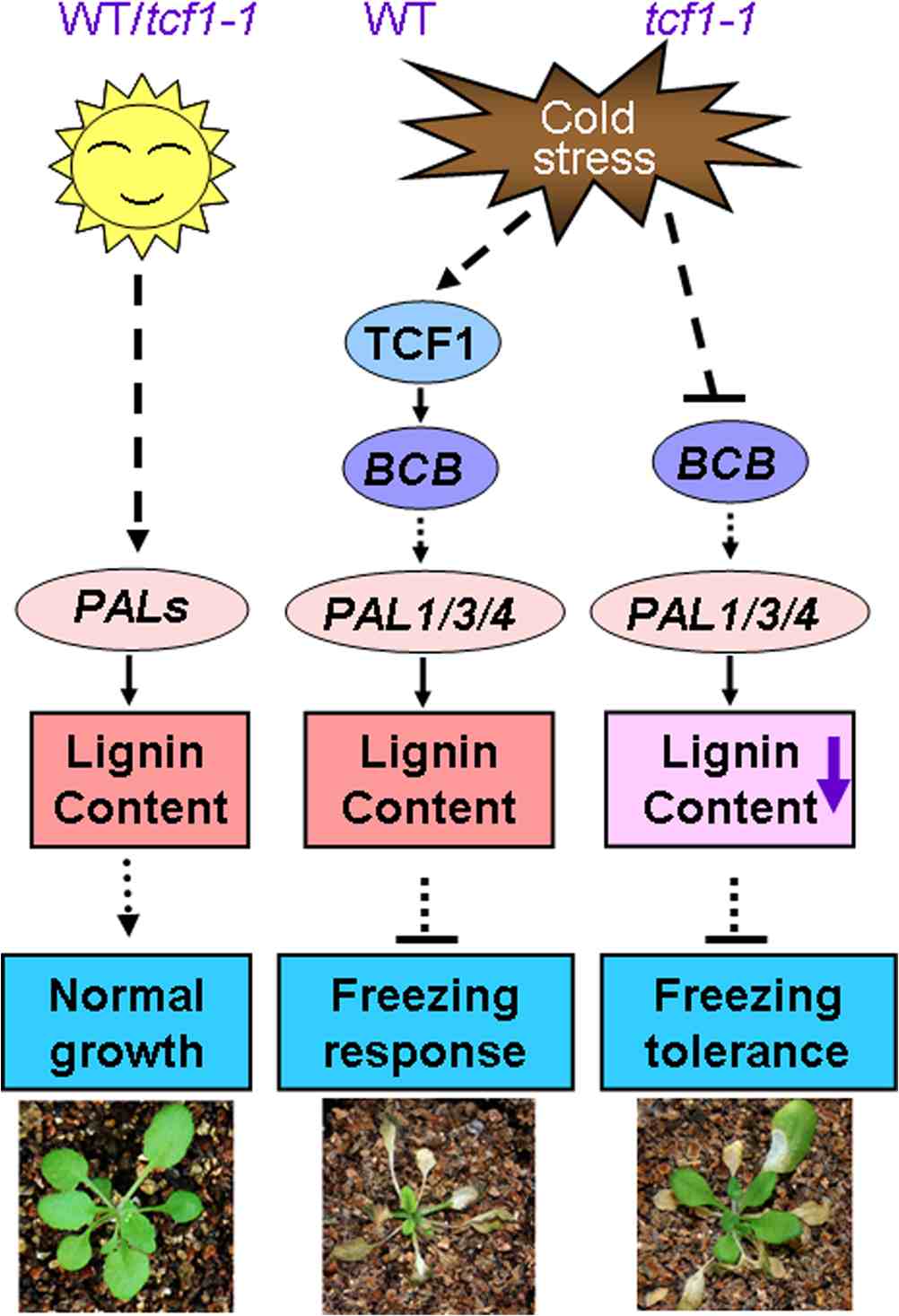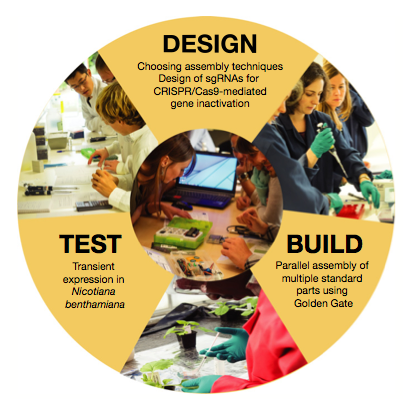The Arabidopsis Research Roundup is ‘defense-focused’ this week. We present three papers that highlight different aspects of plant immunity, two of which result from UK-US-China collaborations. Firstly a team from the Sainsbury Lab, Norwich looks at two molecular mechanisms that control stomatal closure. There are then two studies that involve University of Exeter researchers that investigate either the role of plant hormones in the response to bacterial pathogens or the role that the physical barrier of the cell wall plays in the prevention of infection. Next a group of JIC researchers present a Large Scale Biology investigation of microtubule interacting proteins. Finally a study from QMUL looks at the interaction between NPQ and photoinhibition in controlling the activity of Photosystem II.
Gou M, Zhang Z, Zhang N, Huang Q, Monaghan J, Yang H, Shi Z, Zipfel C, Hua J (2015) Opposing effects on two phases of defense responses from concerted actions of HSC70 and BON1 in Arabidopsis. Plant Physiol. http://dx.doi.org/10.1104/pp.15.00970
GARNet Advisory Board Member Cyril Zipfel is the UK lead on this US-China-UK collaboration that looks at two aspects of the plant immune response that are regulated by the same proteins, albeit in an antagonistic way. The heat shock protein HSC70 and the calcium binding protein BON1 both are involved in stomatal closure, the formers effect mediated by the SNC1 protein and the latter (BON1) via the activitation of SGT1 that in turn inhibits HSC70. These new functions demonstrate opposing roles for HSC80 and BON1 in the immune response and further highlight the complexity of the signaling pathways that ultimately feed into the gross phenotypic change of stomatal closure.
de Torres Zabala M, Zhai B, Jayaraman S, Eleftheriadou G, Winsbury R, Yang R, Truman W, Tang S, Smirnoff N, Grant M (2015) Novel JAZ co-operativity and unexpected JA dynamics underpin Arabidopsis defence responses to Pseudomonas syringae infection New Phytol. http://dx.doi.org/10.1111/nph.13683
This is another UK-USA-China collaboration led by Murray Grant at the University of Exeter, in which the role of the plant hormones is assessed in the response to bacterial pathogens. The defence response is mediated by both the hormones salicylic acid (SA) and jasmonic acid (JA) which antagnise many of each others activity. Pathogens have been shown to produce a JA-mimic cornatine (COR) in order to stall SA-mediated effects. In this study the authors use a systems-biology based approach that involved targeted hormone profiling, high-temporal-resolution micro-array analysis, reverse genetics and mRNA-seq to introduce a complex network of regulation that involves JAZ proteins, which are repressors of the JA signal. In short they show that JAZ5 and JAZ10 specifically co-operate to inhibit pathogen growth by restricting COR cytotoxicity by novel mechanisms, which do not involve previously well-defined signaling proteins.
Marcos R, Izquierdo Y, Vellosillo T, Kulasekaran S, Cascón T, Hamberg M, Castresana C (2015) 9-Lipoxygenase-derived oxylipins activate brassinosteroid signaling to promote cell wall-based defense and limit pathogen infection Plant Physiol. http://dx.doi.org/10.1104/pp.15.00992
This work was performed in Madrid under the supervision of Carmen Castresana but includes the work of Satish Kulasekaran who is now at the Exeter. The focus of the work is the oxylipins, which are oxygenated lipid derivatives that regulate plant development and immunity. Using a variety of noxy mutants (non-responding to oxylipins) they show that the effect of the oxylipins is mediated via changes in the cell wall and this is signalled via the Brassinosteriod response pathway. Suspectibility to bacterial and fungal infection was enhanced in noxy mutants but plants were resistance when BR signalling was switched on. Therefore this manuscript introduces an important interaction between the oxylipins and BR signalling and helps to clarify their role in modulating plant defense.
Derbyshire P, Ménard D, Green P, Saalbach G, Buschmann H, Lloyd CW, Pesquet E (2015) Proteomic Analysis of Microtubule Interacting Proteins over the Course of Xylem Tracheary Element Formation in Arabidopsis Plant Cell. http://dx.doi.org/10.1105/tpc.15.00314
The experiments in this Large Scale Biology paper were performed in the lab of Clive Lloyd (John Innes Centre) which included the work of Eduoard Pesquet, who now has his own lab in Sweden. They looked the microtubule patterning that defines the nature of tracheary element (TEs) thickening in plant vascular tissues. They used Arabidopsis cell suspension culture to isolate microtubule interacting proteins present during TE differentiation. One protein of interest was CELLULOSE SYNTHASE-INTERACTING PROTEIN1, associated with primary wall synthesis, which was enriched during secondary cell wall formation of TEs. The authors knocked-down the expression of some of their identified proteins and indeed showed that they were important for this differentiation. A take-home message is that the proteins that interact with microtubules and link them to different metabolic compartments do indeed specifically vary during TE differentiation, regulating different aspects of cell wall patterning.
Giovagnetti V, Ruban AV (2015) Discerning the effects of photoinhibition and photoprotection on the rate of oxygen evolution in Arabidopsis leaves J Photochem Photobiol B. http://dx.doi.org/10.1016/j.jphotobiol.2015.09.010
Arabidopsis Research Roundup Regular Alexandre Ruban (QMUL) again looks at the mechanisms that lessen the amount of photoinhibition (when photosystem II is damaged by being exposed to too much light). An opposing response is Non-photochemical quenching (NPQ) of chlorophyll a fluorescence which serves to protect PSII from high light conditions. In this study they confirm that a recently devised procedure that aims to discern between the effect of NPQ and photoinhibition works well as a measurement for the efficiency of PSII activity.






